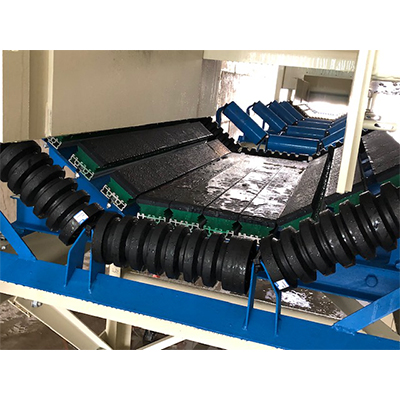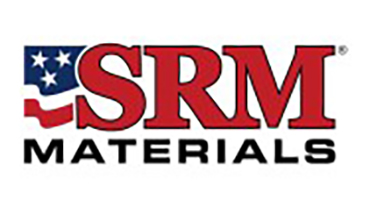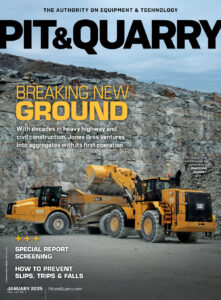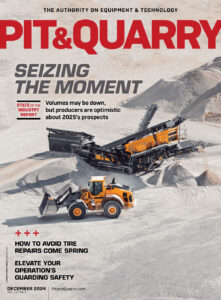

With the January return of President Donald Trump to the White House, we can expect the Mine Safety & Health Administration (MSHA) to undergo a transition in 2025.
Shifts in executive branch control from one party to the other can bring about significant change in agency policies and practices, but there is always a stretch when those of a previous administration remain in place.
For a while, and perhaps until there is a new assistant secretary in charge at MSHA, enforcement and other activities are likely to be conducted as they have been over the last few years. Still, there are things to keep an eye on as MSHA transitions in 2025 and beyond.
Enforcement
MSHA’s most aggressive enforcement tactics were in full force this year. This included impact inspections, pattern of violation (POV) enforcement and special investigations.
The agency continued to issue monthly press releases touting the results of its most recent impact inspections, singling out at least one operation each time for discussion. It was sometimes difficult to discern why MSHA selected certain operations for an impact inspection, as the results indicated the agency found no serious safety violations that would have justified one.
POV enforcement was also an agency focus in 2024. From our view, a number of mines received visits from district personnel who delivered strong messaging that operations needed to implement a corrective action plan to be approved by MSHA – or face potential POV orders. For some operations, these visits occurred even though a mine was not close to meeting the full pattern criteria.
MSHA also conducted special investigations to determine whether there was cause to prosecute managers and supervisors individually for their alleged involvement in violations.
This level of heightened enforcement has been in place for a while, and MSHA’s use of these tactics swings back and forth between administrations.
Despite employing such aggressive actions, the number of citations MSHA issued in 2024 was relatively the same compared to recent years. Additionally, the S&S rate has held steady at around 19 percent since 2021.
On the other hand, the rate of unwarrantable failure citations and orders issued is up. Such issuances were at a low of 0.41 percent of total citations issued in 2019, but they increased to 0.72 percent in 2023. We expect the final percentage for 2024 to be on par with last year’s mark.
Rulemaking
MSHA also focused on rulemaking in 2024. In January, for instance, the agency’s safety program for surface mobile equipment standard went into effect, with enforcement beginning in July. Since then, MSHA has issued citations for operations not having plans in place – or plans that address the specific equipment and conditions on-site.
Additionally, MSHA issued its final rule on lowering exposure to respirable crystalline silica at mines in April. While metal/nonmetal operator compliance is not required until April 2026, many have already started to prepare for compliance.
Looking ahead
All this activity leads to the pressing question of what MSHA will look like under the next Trump administration.
Based on where we were four years ago, mine operators may expect increased compliance assistance and, perhaps, a modified rollback in enforcement. Of course, MSHA will still be required to conduct regular inspections, as well as investigations following accident reports or discrimination complaint filings.
The agency may eventually stop conducting impact inspections, as was done before, and fewer operations may face threats of POV enforcement. Any significant increase in accident and injury statistics or a high-profile mine safety incident could alter this, though.
Also worth considering: Now that MSHA’s mobile equipment rule has entered the mandated compliance phase, the agency may not make formal changes to the rule. Operators, however, may have an opportunity to press for more consistency in how the rule is interpreted and enforced. This could keep enforcement within the bounds of its original intent: as a standard limited to requiring a written safety plan.
A major question operators will ask is what happens to the silica rule. Because there is currently industry litigation challenging the rule, there may be an opportunity for the rule to be modified, or policy interpretations to be issued, that may moderate what is required.
Related: How to effectively utilize the MSHA close-out conference
Bill Doran and Margo Lopez are with the national labor, employment and safety law firm Ogletree Deakins. They can be reached at william.doran@ogletree.com and margaret.lopez@ogletree.com.












